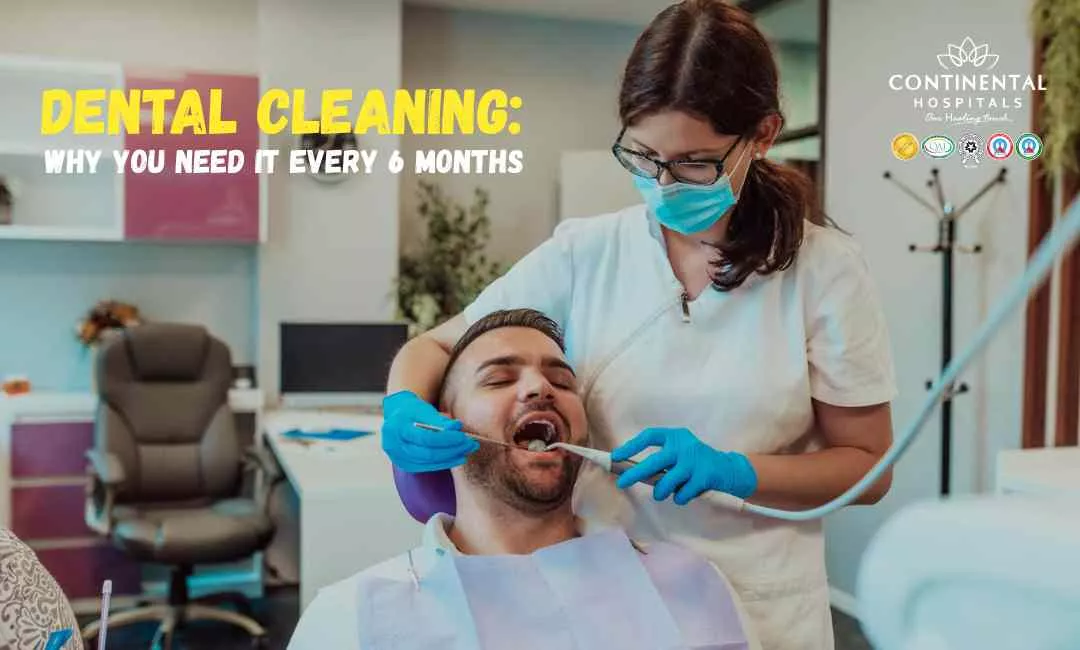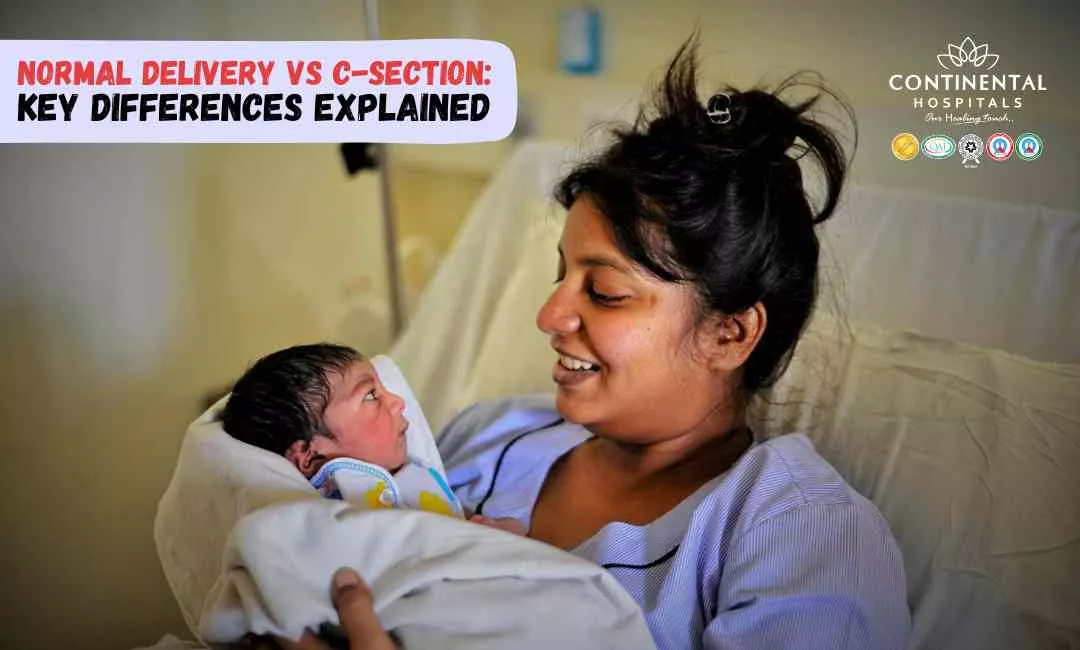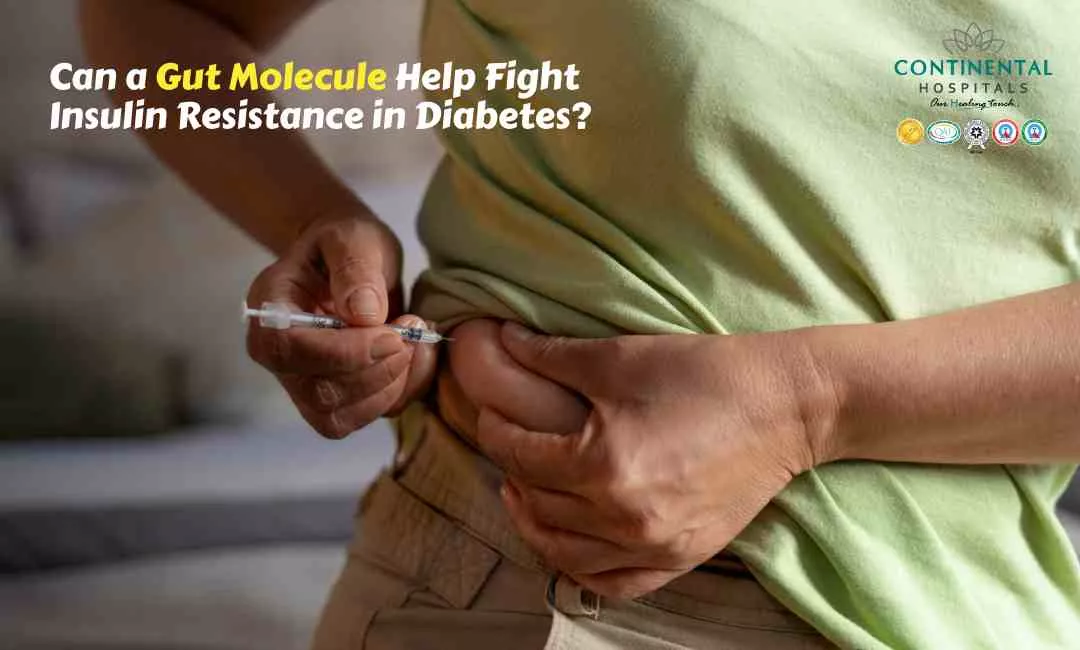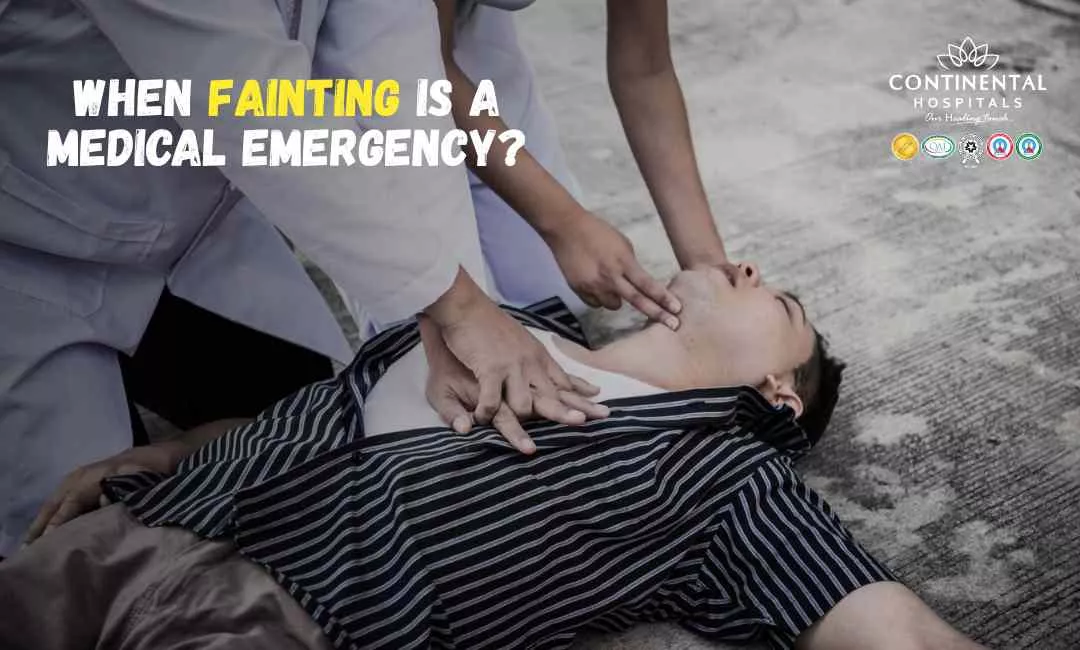World Hemophilia Day is observed globally on April 17th each year to raise awareness about hemophilia and other bleeding disorders. Hemophilia is a rare genetic disorder that affects the blood's ability to clot properly, leading to prolonged bleeding and easy bruising. This day is an opportunity to educate the public about hemophilia, improve access to treatment and care for those affected, and support research efforts to find better treatments and eventually a cure for this condition.
Theme:
This year's theme, "Equitable Access for All: Recognizing All Bleeding Disorders," emphasizes the importance of ensuring everyone with these conditions receives proper diagnosis and treatment, regardless of location or background.
Understanding Hemophilia:
Hemophilia is a hereditary condition caused by a deficiency or absence of specific clotting factors in the blood. The most common types of hemophilia are hemophilia A and hemophilia B, which are caused by deficiencies in clotting factors VIII and IX, respectively. These clotting factors play a crucial role in the blood clotting process, which stops bleeding when a blood vessel is injured. Without enough of these clotting factors, individuals with hemophilia experience prolonged bleeding, even from minor injuries, cuts, or surgeries.
Symptoms of Hemophilia:
The symptoms of hemophilia can vary depending on the severity of the condition or the disorder. People with mild hemophilia may only experience excessive bleeding after injuries or surgery. People with severe hemophilia may experience spontaneous bleeding into their joints, muscles, or organs.
🥗 Healthy Plate Challenge
🍽 Add Your Favorite Dish
Pick Your 6 favorite foods, eat, and see the results.Drag & drop foods onto your plate.
Drop Food Here
Common symptoms include:
Hemophilia can result in prolonged bleeding from even minor cuts or injuries: Due to the lack of clotting factors in the blood.
Bleeding into joints, which can cause pain, swelling, and stiffness:
Hemophilia can lead to bleeding into joints, causing pain, swelling, and stiffness: Particularly in the knees, elbows, and ankles.
Bleeding in the mouth or nose:
Hemophilia may cause bleeding in the mouth or nose: Resulting in frequent or prolonged nosebleeds and bleeding gums.
Blood in the stool or urine:
Prolonged Bleeding: Individuals with hemophilia may bleed for a longer time than usual after an injury, surgery, or dental procedure. They may also experience spontaneous bleeding into muscles, joints, or other tissues, known as spontaneous bleeds.
Easy Bruising: People with hemophilia tend to bruise easily, even from minor bumps or knocks.
Joint Pain and Swelling: Bleeding into joints, particularly the knees, elbows, and ankles, can cause pain, swelling, and limited movement. This condition, known as hemarthrosis, can lead to joint damage and arthritis over time if not managed properly.
Excessive Nosebleeds: Hemophilia can cause frequent or prolonged nosebleeds, especially in severe cases.
Treatment and Management:
There is no cure for hemophilia, but there are treatments that can help people with the disorder live normal, active lives. The main treatment for hemophilia is replacement therapy, which involves infusing the missing clotting factor into the bloodstream. This can be done on a regular basis to prevent bleeding, or on an episodic basis to treat bleeding episodes.
Treatment options include:
Clotting Factor Replacement Therapy: The mainstay of hemophilia treatment involves replacing the missing clotting factor through intravenous infusion. This helps restore the blood's ability to clot and reduces the risk of bleeding episodes.
Prophylactic Treatment: Some individuals with severe hemophilia receive regular prophylactic (preventive) infusions of clotting factors to prevent spontaneous bleeding and joint damage.
On-Demand Treatment: For bleeding episodes or injuries, individuals with hemophilia may receive on-demand clotting factor infusions to stop bleeding and promote healing.
Hemostatic Agents: In addition to clotting factor replacement, hemostatic agents such as desmopressin (DDAVP) or antifibrinolytic medications may be used to enhance clotting and reduce bleeding.
Physical Therapy: Physical therapy and joint protection techniques can help manage joint pain, improve mobility, and prevent joint damage in individuals with hemophilia.
Challenges and Support:
Living with hemophilia can present various challenges, including the need for regular medical care, managing treatment costs, and coping with the emotional and social impact of the condition. Supportive care and resources are essential for individuals and families affected by hemophilia. This includes access to specialized hemophilia treatment centers, educational programs, genetic counseling, financial assistance programs, and peer support groups.
World Hemophilia Day 2024:
On World Hemophilia Day 2024, Continental Hospital Hyderabad joins the global community in raising awareness about hemophilia, advocating for improved access to treatment and care, and supporting ongoing research efforts to advance hemophilia management and find new treatments. Through educational initiatives, outreach programs, and collaboration with healthcare professionals, Continental Hospital aims to empower individuals with hemophilia and their families to live healthy, fulfilling lives while managing this rare genetic disorder effectively.
Why Choose Continental Hospitals for Hemophilia Care?
Continental Hospitals can be a valuable partner in managing your hemophilia. Here are some reasons to consider us:
Comprehensive Treatment Approach: Continental Hospitals offers a complete spectrum of hemophilia management, including replacement therapy, pain management, physical therapy, and access to the latest treatment advancements.
Advanced Technology: Modern diagnostic tools and equipment for hemophilia treatment can significantly benefit patients.
Conclusion:
World Hemophilia Day is a reminder of the challenges faced by individuals with hemophilia and the importance of raising awareness, providing support, and advancing research to improve hemophilia care and outcomes. Continental Hospital Hyderabad is committed to promoting hemophilia awareness, offering comprehensive care and support services, and advocating for the needs of the hemophilia community. Together, we can make a difference in the lives of those affected by hemophilia and contribute to a brighter future for hemophilia management and treatment.
.webp)














